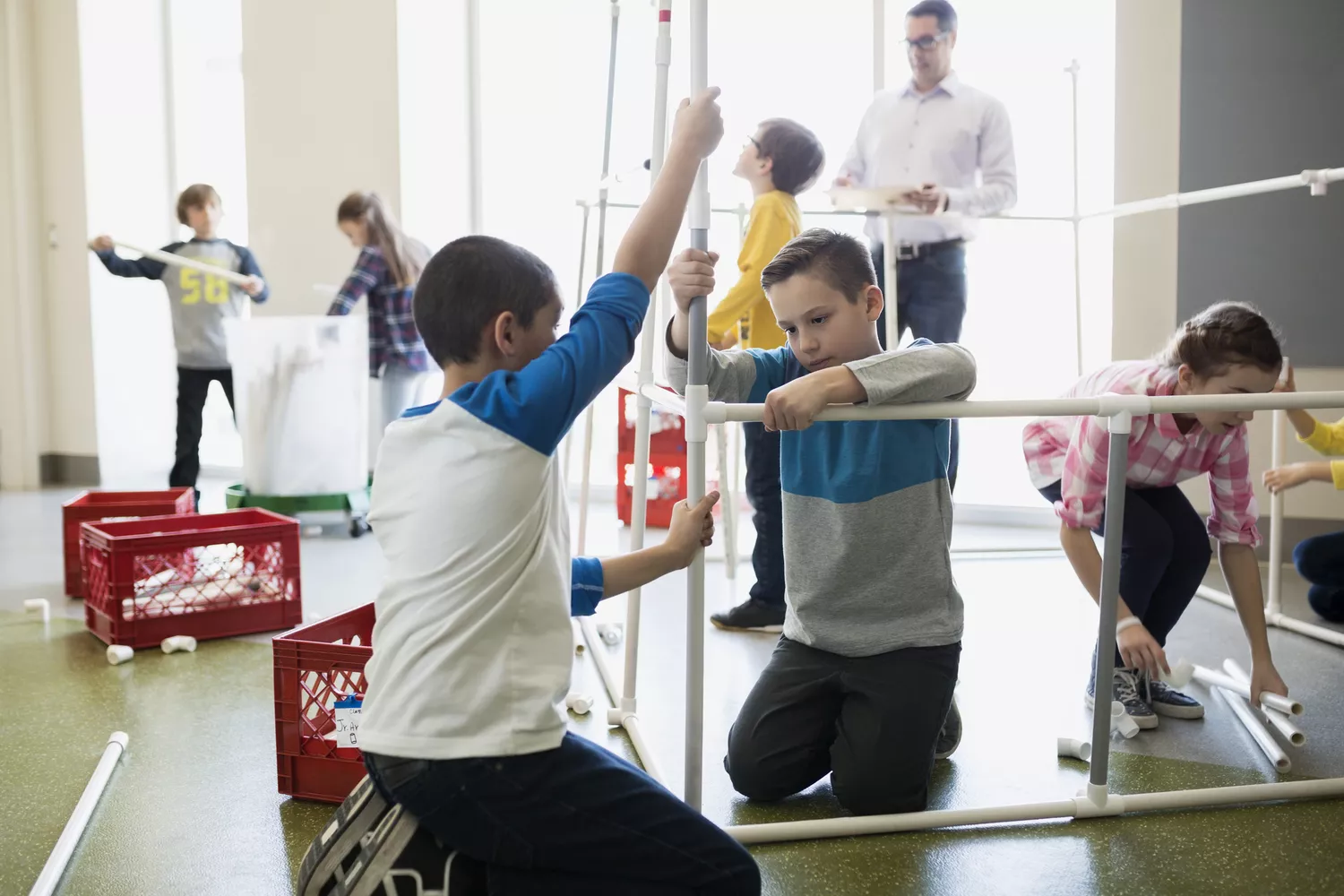
Progressive education is a response to the conventional style of mentor. It’s a pedagogical movement that values experience over learning facts at the expenditure of understanding what is being taught. When you examine the teaching designs and curriculum of the 19th century, you comprehend why particular educators decided that there had to be a better way.
Learning How to Think
The progressive education viewpoint says that educators should teach kids how to believe rather than counting on rote memorization. Supporters argue that the procedure of knowing by doing is at the heart of this design of teaching. The principle, known as experiential knowing, uses hands-on tasks that allow trainees to discover by actively taking part in activities that put their understanding to utilize.
Progressive education is the best way for students to experience real-world situations, say supporters. For instance, the workplace is a collaborative environment that needs teamwork, important thinking, creativity, and the capability to work individually. Experiential learning, by assisting trainees establish these skills, better prepares them for college and life as efficient members of the office.
Deep Roots
Progressive education is often looked upon as a modern creation, it actually has deep roots. John Dewey (Oct. 20, 1859– June 1, 1952) was an American thinker and educator who began the progressive education movement with his prominent works.
Dewey argued that education should not just involve making students learn meaningless truths that they would quickly forget. He believed that education ought to be a journey of experiences, building upon each other to help students create and comprehend new experiences.
Dewey also felt that schools at the time tried to produce a world different from students’ lives. School activities and the life experiences of the students ought to be linked, Dewey thought, otherwise genuine knowing would be difficult. Cutting students off from their psychological ties– society and family– would make their finding out journeys less meaningful and thus make finding out less unforgettable.
The “Harkness Table”
In traditional education, the teacher leads the class from the front, whereas a more progressive mentor design sees the teacher as a facilitator who connects with students and encourages them to think and question the world around them.
Teachers in a progressive education system typically sit among students at a round table accepting the Harkness Method, a way of learning established by philanthropist Edward Harkness, who made a contribution to Phillips Exeter Academy and had a vision on how his contribution might be used:
” What I want is teaching … where boys might sit around a table with an instructor who would talk with them and instruct them by a sort of tutorial or conference technique.”
Harkness’s thinking caused the production of the so-called Harkness table, actually a round table, created to help with interaction in between the instructor and trainees during class.
Progressive Education Today
Many universities have adopted progressive education, such as The Independent Curriculum Group, a neighborhood of schools that says education must include trainees’ “needs, capacities, and voices” as the heart of any program which learning can be both an end unto itself and an entrance to discovery and function.
Progressive schools even took pleasure in some beneficial publicity when former President Barack Obama sent his children to the progressive school Dewey established, The University of Chicago Laboratory Schools.




